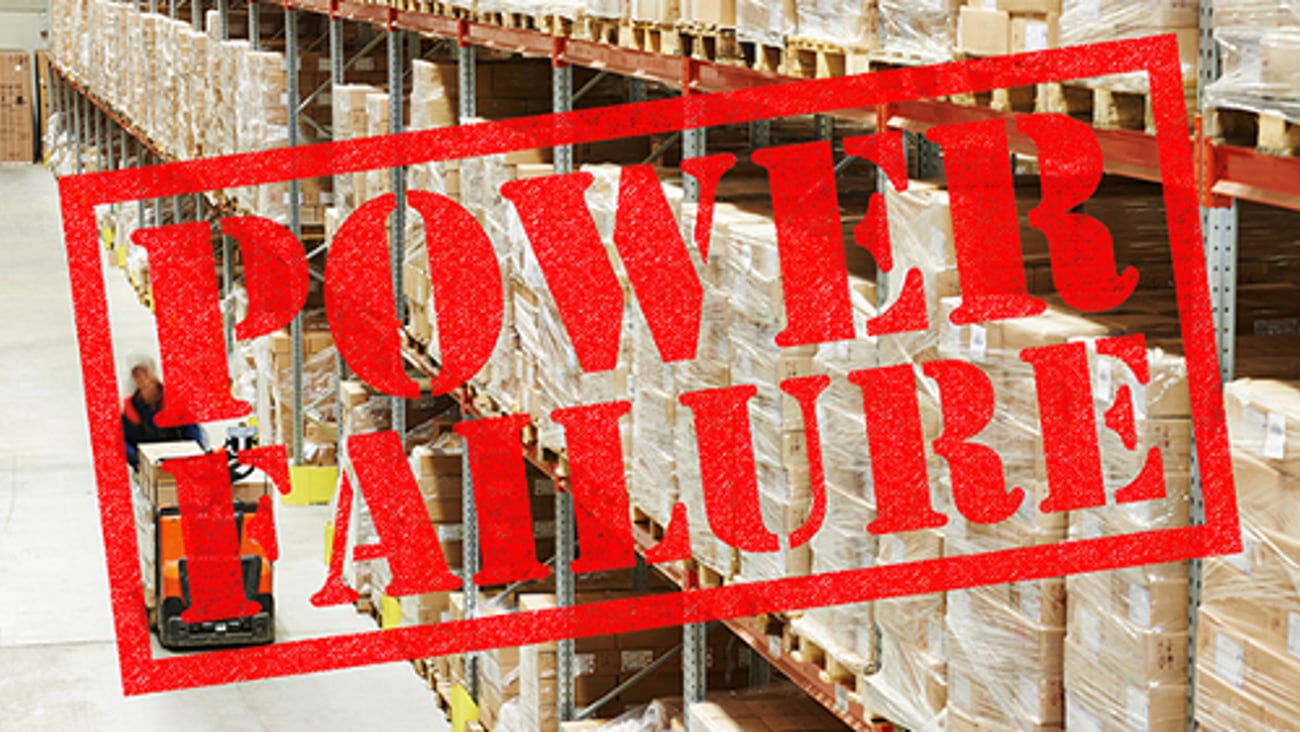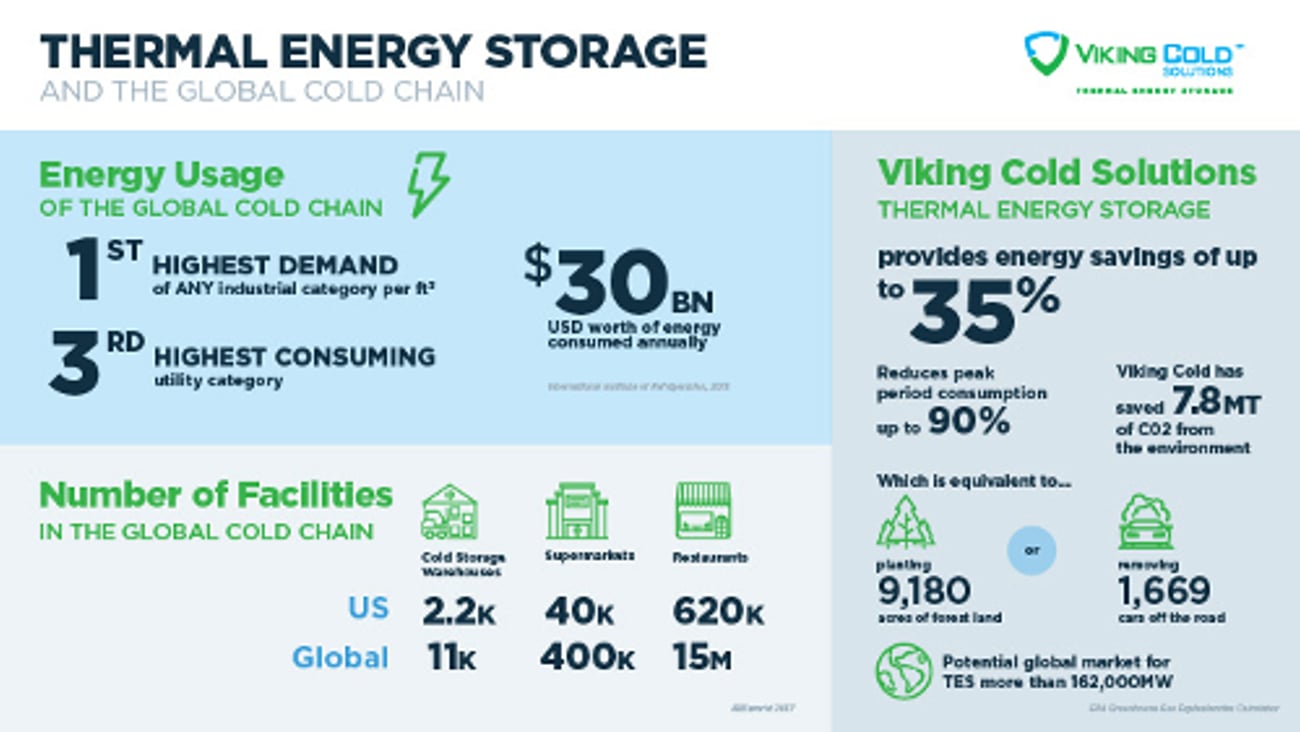
How Grocers Can Lead the Charge to Reduce Food Waste & Save On Energy
We’re in a war to save the food we produce. The United Nations Food and Agriculture Organisation (FAO) estimates that every year one-third of all the food produced in the world for human consumption is either lost or wasted. That includes 45 percent of fruits and vegetables, 35 percent of fish and seafood, 30 percent of cereals, 20 percent of dairy products, and 20 percent of meat. For context, if food waste were a country it would be the third largest emitter of greenhouse gases (GHG) in the world after China and the United States. Much of this food is wasted during the journey from sources of production to homes. The FAO estimates that the total carbon footprint of food waste from farm to fork is 4.4 gigatons of CO2 equivalent, which is more than half as much as global road transportation emissions.
Of the 60 million tons of food wasted in North America every year, 22 percent is lost after production and before consumption. The cold storage industry can help reduce the loss of food during its journey to our plates.
Fluctuations in temperature lead to a degradation in food quality and shelf life, so it is vital to maintain stable temperatures to prevent food loss. However, temperature fluctuations do occur even in low-temperature (frozen food) cold storage facilities. These distribution centers and walk-in freezers require the highest energy demand per cubic foot of any industrial category, and energy costs represent their second highest operating expense. In some markets, peak demand charges comprise up to 70 percent of a facility’s electricity bill, encouraging operators and grocers to cycle off equipment during peak periods to minimize energy costs. This ‘fly-wheeling’ or ‘floating’ on the thermal mass of the food can cause inadvertent temperature variations that lead to micro-thawing and large crystals that form during slow refreezing, which degrades cell structure, reduces food quality, and shortens shelf life.
Viking Cold Solutions’ Thermal Energy Storage (TES) systems now allow grocery operations to balance temperature stability and energy costs. The TES systems serve as a much-needed heat sink to manage heat infiltration, protect product, increase refrigeration efficiencies, and reduce energy costs.
Viking Cold’s TES systems consist of self-contained cells of food safe, environmentally-friendly phase change material (PCM) paired with intelligent controls and 24/7 remote monitoring and notification software. During off-peak demand hours, a cold storage facility’s existing refrigeration equipment freezes the PCM. During peak demand hours, facilities reduce mechanical run time of their refrigeration systems and ‘float’ while the PCM absorbs up to 85 percent of heat infiltration in the freezer that results in over 35 percent more stable temperatures. This helps to ensure food quality while avoiding up to 90 percent of peak period energy consumption.
Now grocery operators can slash energy costs by up to 35 percent without resorting to tactics that risk food quality and shelf life. Additionally, while most facilities only measure air temperature, Viking Cold’s TES system provides operators with a higher degree of temperature visibility by measuring three different elements: air temperature, food simulated temperature, and the temperature of their PCM-filled cells. This enables grocery chain operators to maintain a tighter band of food temperature stability and increases their ability to react to any temperature changes, further reducing the risk of food waste or overspending on electricity.
Now armed with the tools to exercise greater control over the temperatures in their facilities while reducing costs the industry can lead the charge to reducing food waste. With clear financial incentives and obvious environmental gains, the benefits of reducing food loss is an opportunity for the grocery chains and cold storage operators to play a significant role in the war on food waste.






